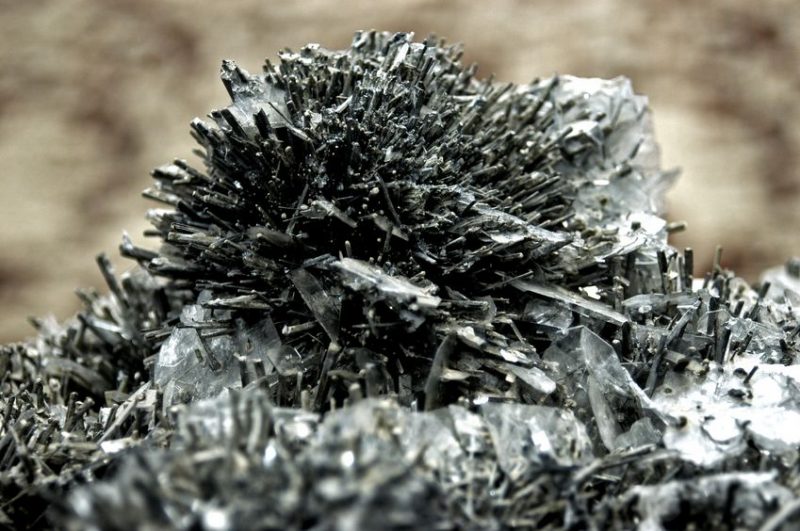
Antimony Supply Chain Heavily Influenced by China and Russia
Antimony, a critical mineral vital to defense systems, ammunition, semiconductors, and batteries, remains overwhelmingly concentrated in the hands of China and Russia. Together, these two nations control the majority of global antimony mine production, placing Western nations in a vulnerable position when it comes to securing strategic materials.
Amid rising geopolitical tensions, access to antimony has shifted from a commercial issue to a security priority. China dominates the supply chain, from mining operations to refining capacity. Russia contributes less but remains a key secondary supplier in the global market.
Western countries like the U.S., Canada, and EU members are seeking alternative sources. However, their current production levels are still significantly low. As a result, there’s a stronger push for diversified sourcing and recycling technologies. Governments are also prioritizing critical mineral partnerships with neutral or allied nations.
Antimony Spheres of Control and the Push for Supply Diversification
The antimony spheres of control can be clearly mapped into three groups: China-Russia, the neutral or non-aligned nations, and Western-aligned economies. According to recent data, China alone accounts for over 50% of global antimony production and an even larger share of refining capacity. Russia’s contribution, although smaller, further consolidates Eastern control.
This imbalance makes the West highly exposed to geopolitical risks. In the event of trade restrictions, export bans, or diplomatic strain, antimony flows to Western industries could face severe disruption. As a result, Western governments are identifying antimony as a strategic vulnerability within their critical mineral frameworks.
To mitigate these risks, the West must accelerate exploration in Latin America, Australia, and Africa, regions with untapped or underdeveloped antimony reserves. In parallel, funding for recycling infrastructure and domestic refining capabilities will be essential to reduce reliance on dominant producers.
SuperMetalPrice Commentary:
Antimony’s geopolitical entanglement underscores the urgency of reshaping global critical mineral supply chains. The West’s overreliance on China and Russia for such a pivotal resource is strategically unsustainable. As global demand for defense technology, energy storage, and microelectronics grows, so too does the pressure to secure stable, diversified sources of antimony. Stakeholders should expect intensified government action, trade alignment, and resource diplomacy in the coming quarters.



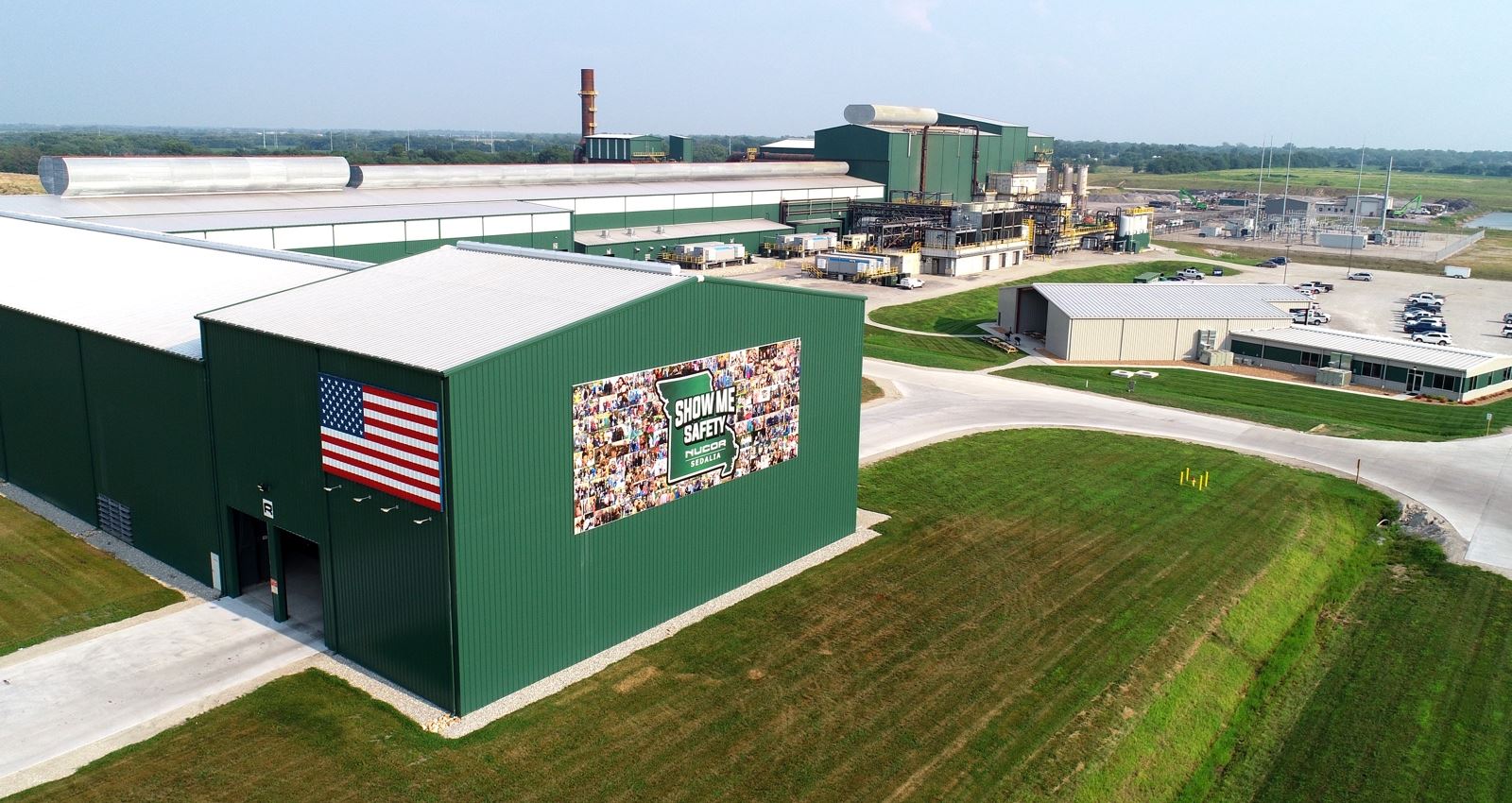



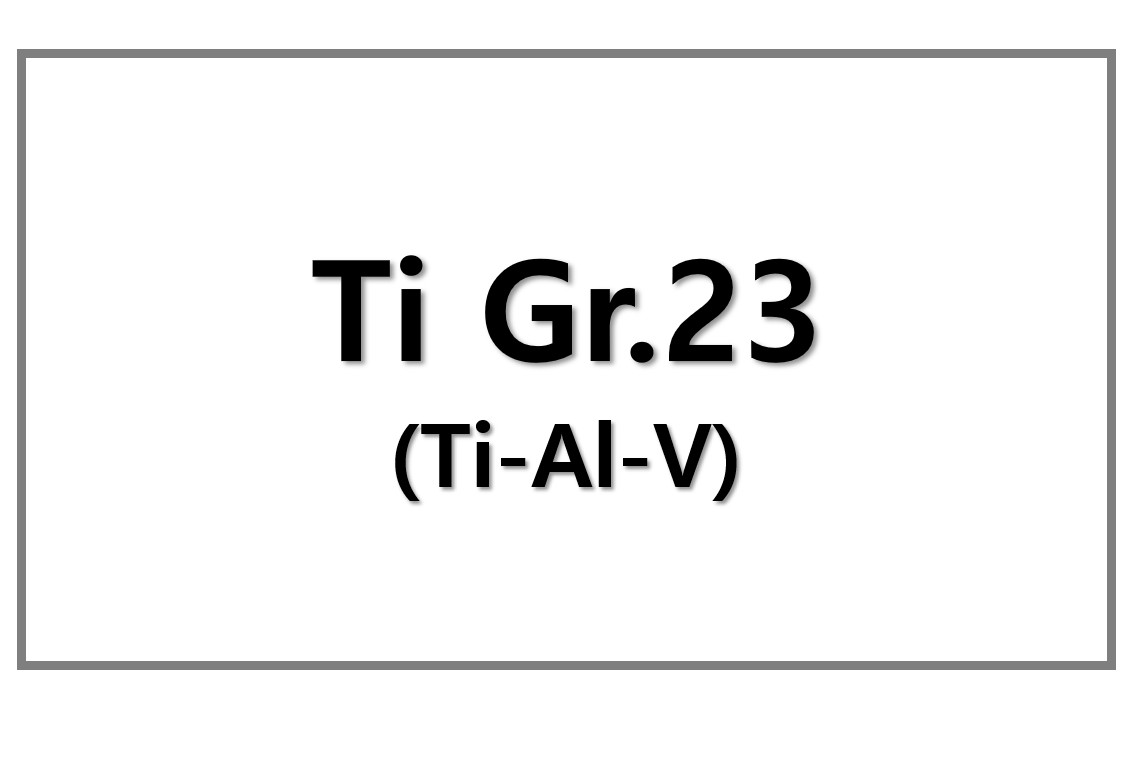
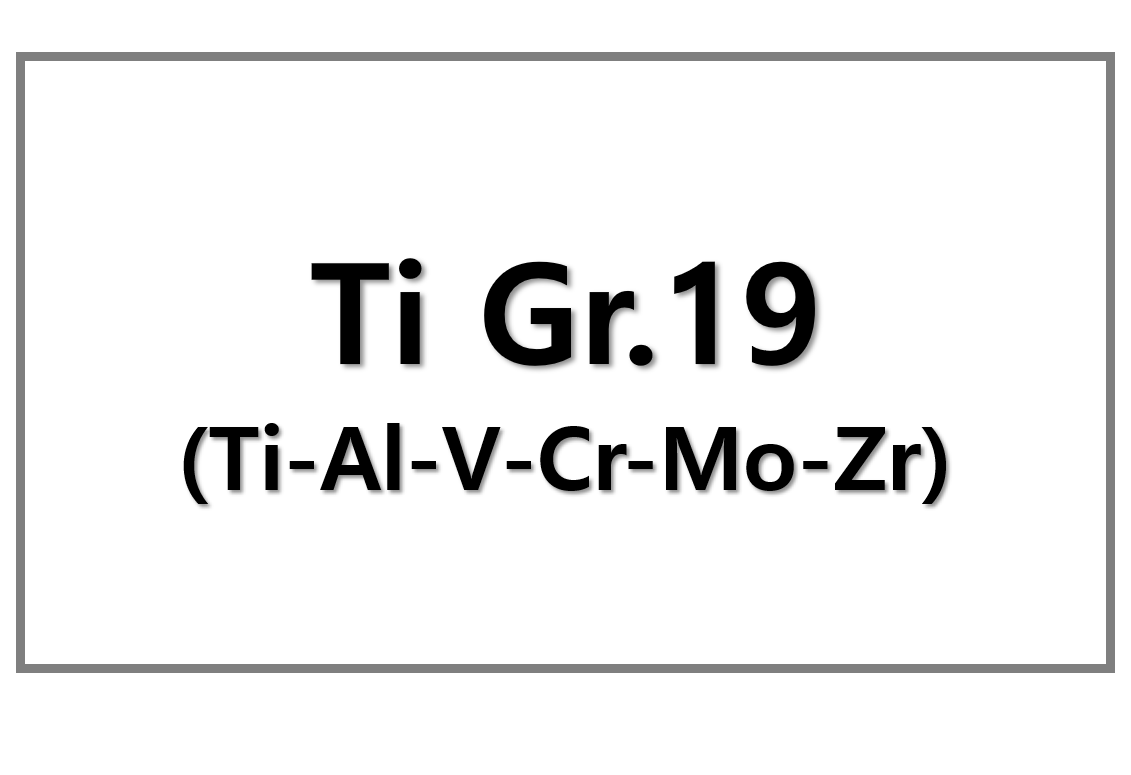
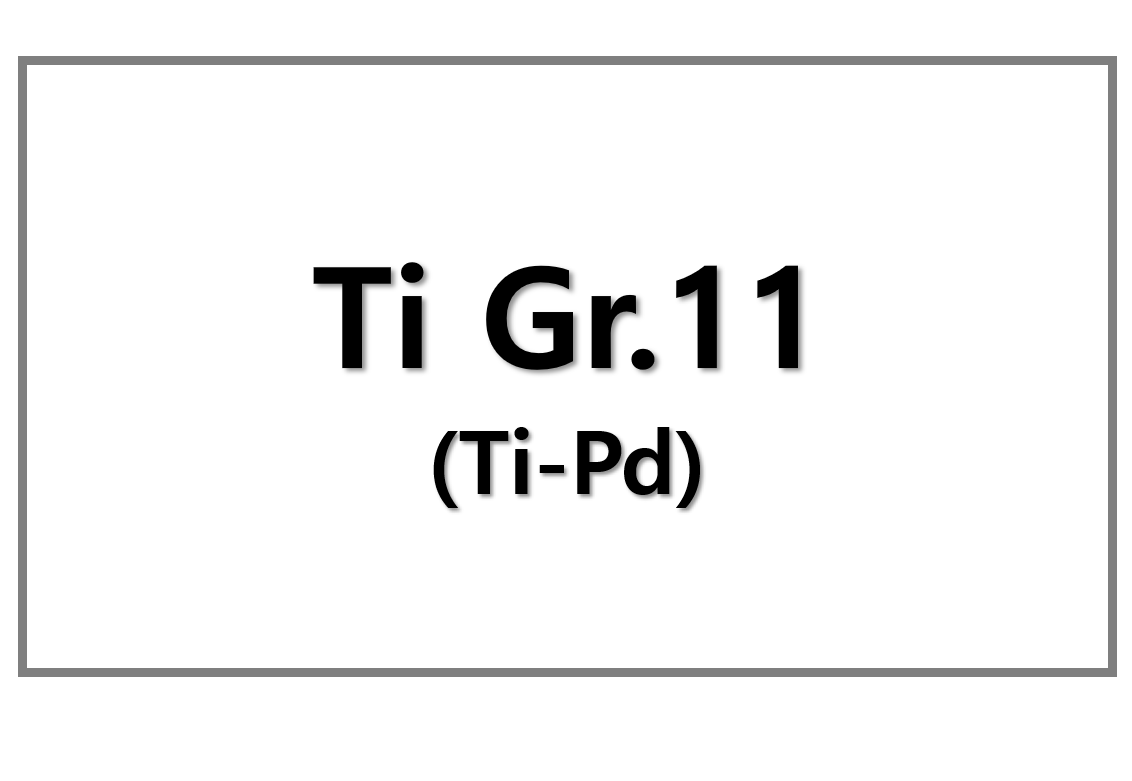
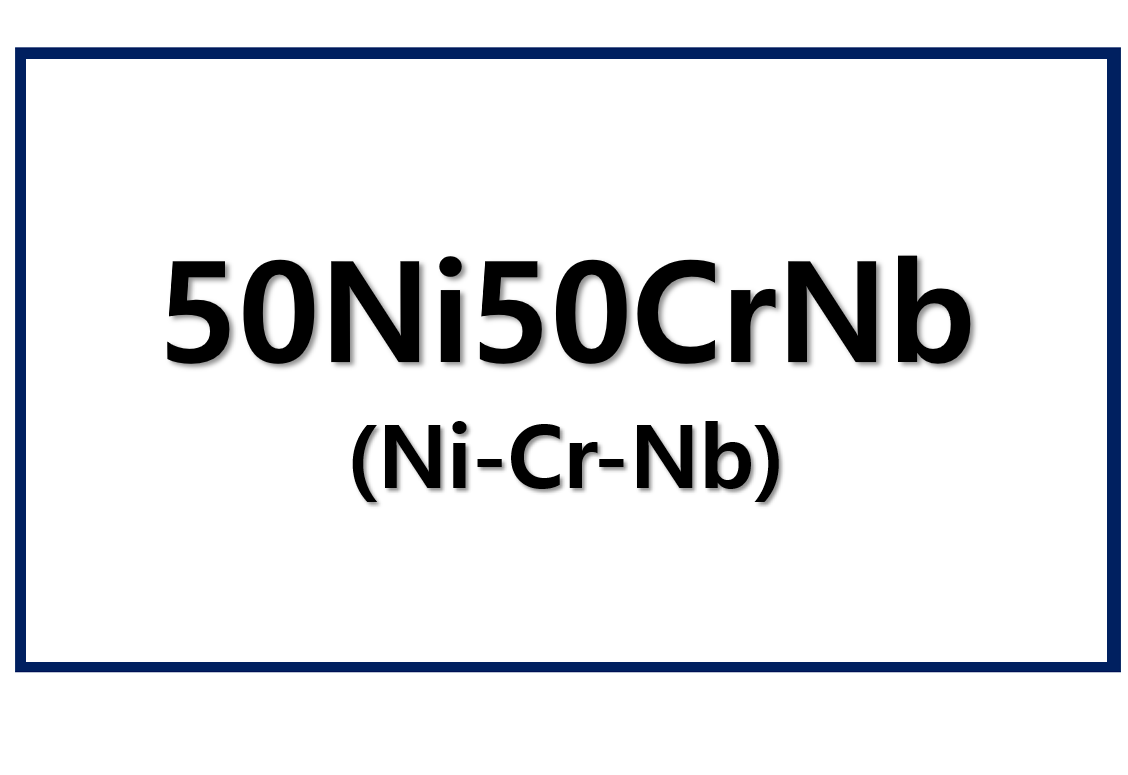
Leave a Reply
You must be logged in to post a comment.